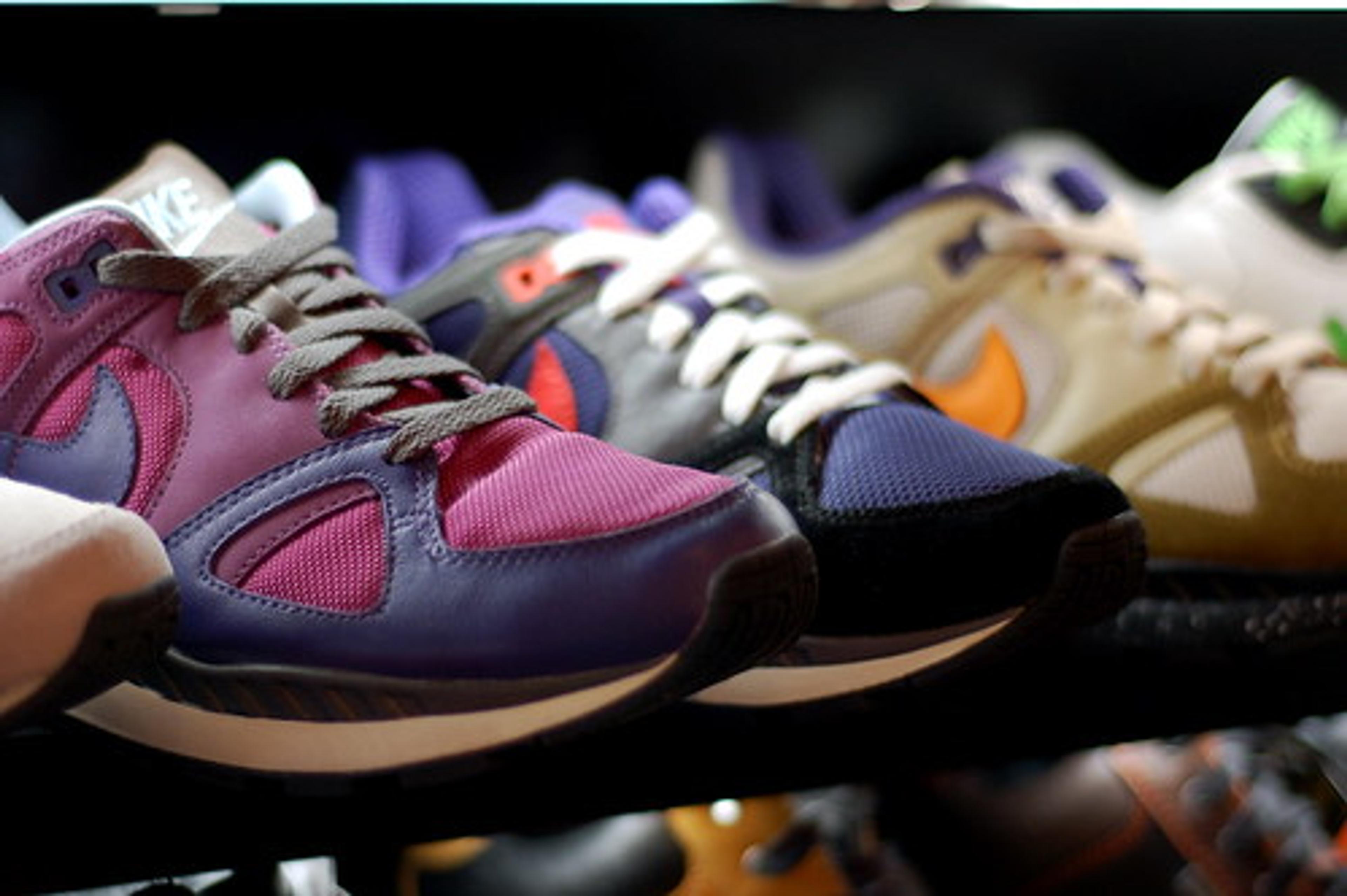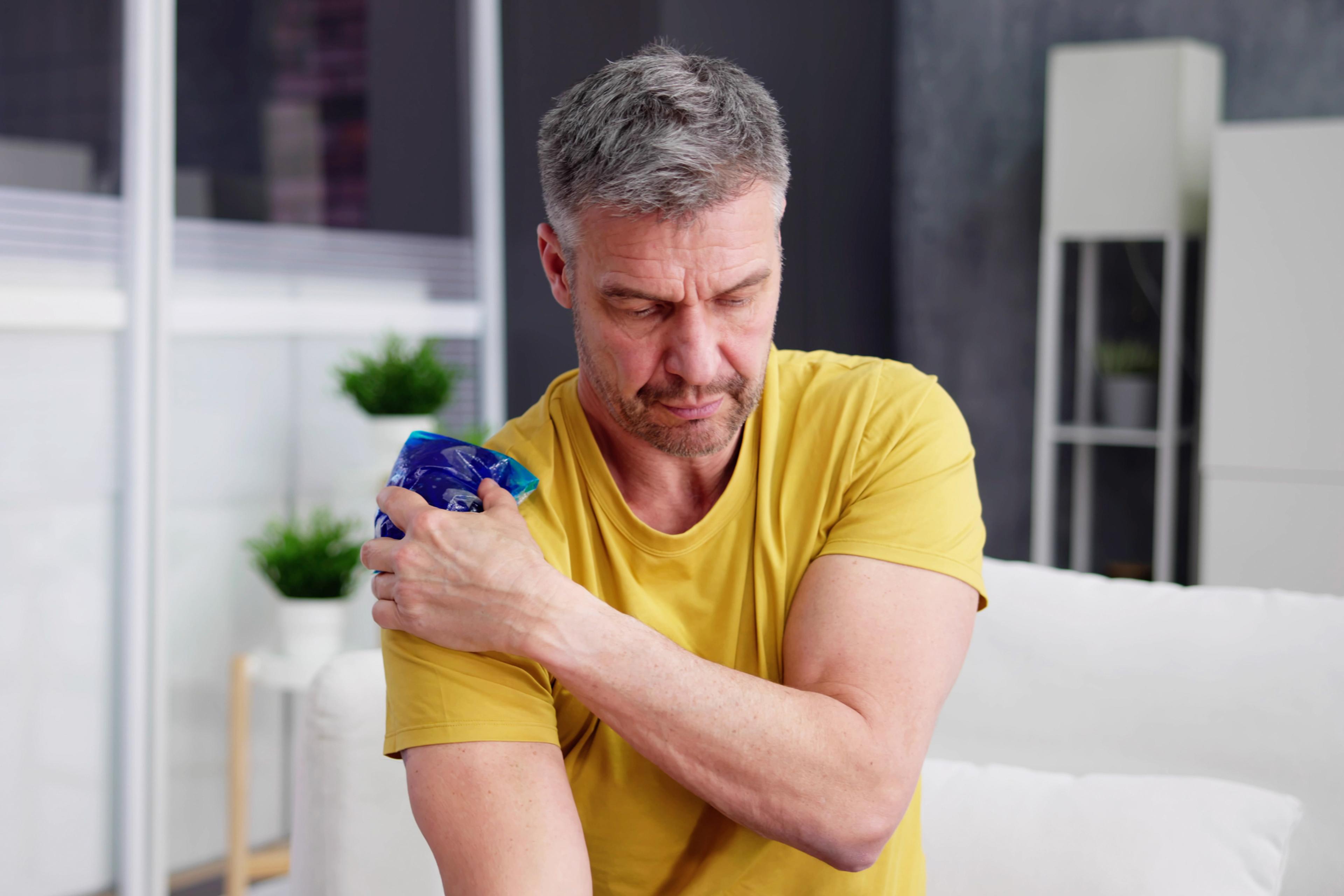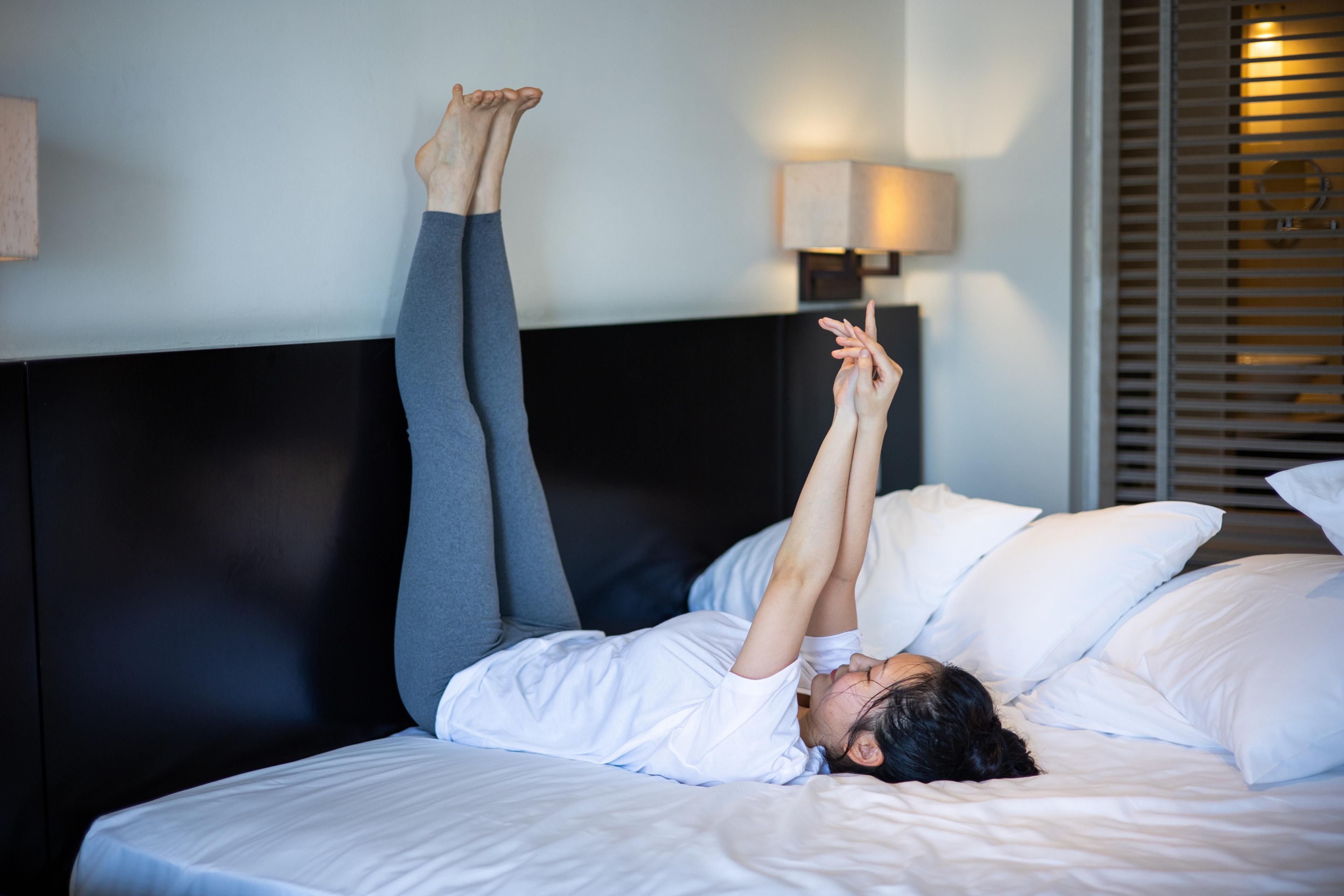Nice Kicks: Why It’s Important to Keep Your Shoes Fresh for Running or Walking
Jodi Davis
| 3 min read

It must be a new craze for 2012 because it seems there are more people than ever who are participating in a half-marathon this year! My son, Devin, has been training for his first and my dentist just informed me that he’s been training for his first as well… I love it! I’m not a runner, so I will not be participating in any future half-marathons (13.1 miles), but that doesn’t mean that these two individuals don’t inspire me and make want to run — for a short distance anyways!
Love Your Feet
It would be just one more reason for me to go shopping for shoes. If you’re going to run a half or full marathon, or any race for that matter, you had better own some comfortable running shoes. My son purchased his third pair from the new Nike Spring 2012 collection, and he claims they are the most comfortable running shoes ever. My daughter, Rachael, really liked the Nike shoe look, so we went shopping and she purchased a pair also, claiming that hers are super comfy for walking in. I haven’t tried a pair of Nike shoes yet since I favor Ryka walking shoes, but once I hit the 500 mile mark on this latest pair, I’ll surely hop at the chance to shop for new ones.
Oftentimes a family member informs me that I don’t need a new pair of walking shoes, that mine look just fine. I want to stress once again that appearance does not matter when it comes to athletic shoes. Walking or running in old or worn-out shoes is one of the most common causes of injuries. Your athletic shoes lose shock absorption, cushioning and firmness over time. If you continue to walk or run in shoes that are worn out, it increases the stress and impact on your legs and joints, which can lead to overuse injuries.
The easiest thing you can do to prevent those types of injuries is replace your walking or running shoes when they are worn out. My daughter, Kirstin, will only purchase Under Armour walking shoes, which seem to last the longest for her, but she still knows that when she feels any type of foot pain, they have to be tossed out even if they still have a nice appearance.
Wear and Tear
So how do you know when shoes need to be replaced? I don’t recommend that you use the treads of your running shoes to determine whether you should replace your shoes. The midsole, which provides the cushioning and stability, usually breaks down before the bottom shows major signs of wear. If you’ve been feeling muscle fatigue, shin splints or some pain in your joints (especially in your knees), you may be wearing running shoes that no longer have adequate cushioning.
A good rule of thumb is to replace your athletic shoes every 300 to 500 miles. Mark your calendar when you buy a new pair of running shoes so you remember when to replace them, or use a training log to help you track how many miles you’ve walked or run in them.
I also suggest that you mark your calendar for an upcoming race, any race you prefer! Walking or running a 5K, 10K, half-marathon or full, take the initiative to sign up for one (or more) today. They are fun, health-focused events for the entire family to participate in and (OK, I’ll say it once again) a great reason to go shopping. Not only for new shoes, but you may just lose a few pounds and need to shop for smaller-sized clothing too — daily walking or running has a tendency to do that!
Photo by smcgee





